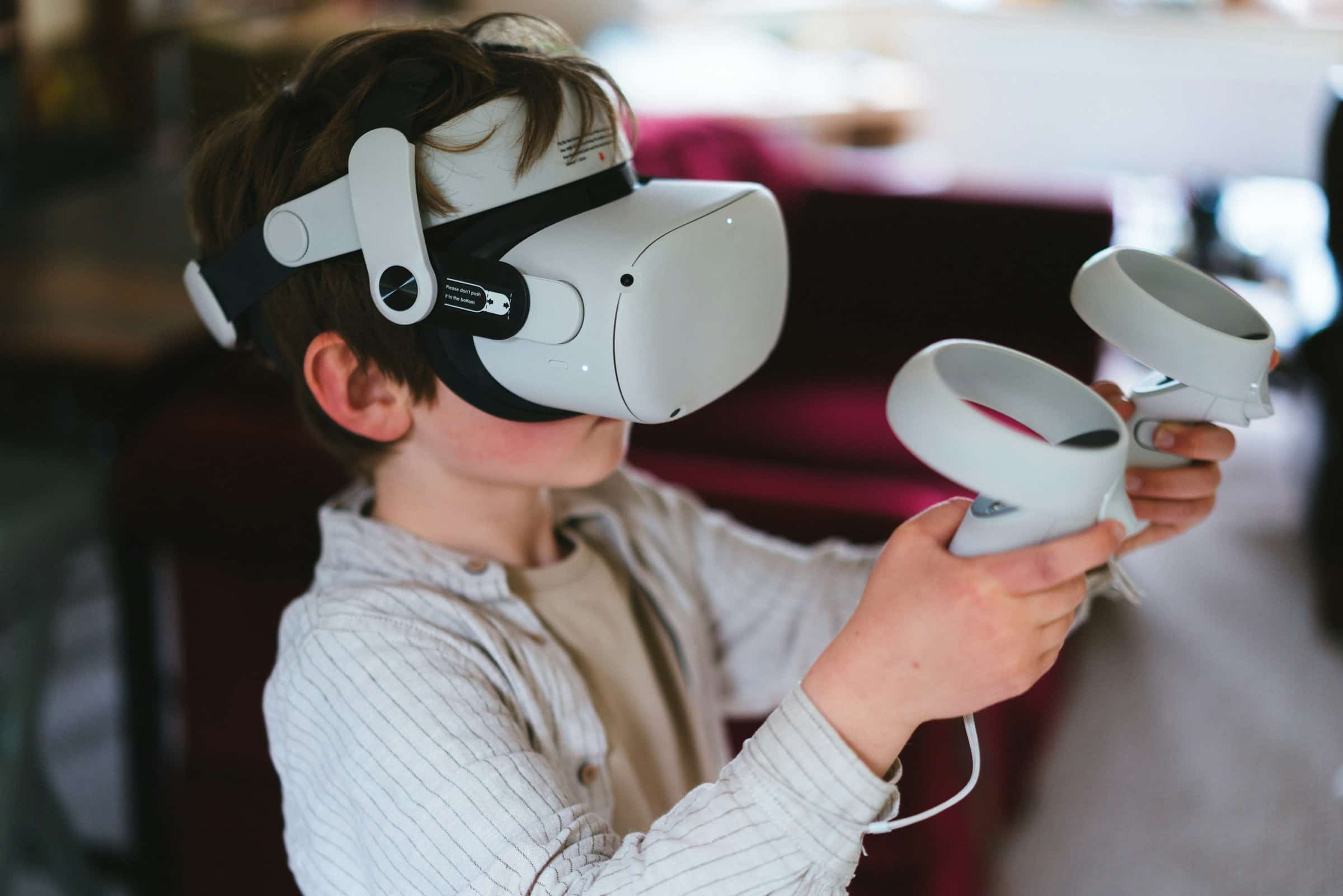
The intersection of virtual reality and game development presents a compelling frontier, particularly in the realm of sports simulations. As technology advances, creating realistic and immersive experiences that mimic actual sports becomes not just feasible but increasingly demanded by players. Ensuring accurate simulation of real-world sports physics in VR games necessitates a confluence of techniques and technologies. This article explores how developers can achieve high fidelity in virtual sports environments.
When developing VR sports simulations, one of the critical steps involves selecting a robust game engine. Platforms like Unreal Engine stand out due to their sophisticated capabilities in rendering realistic environments and handling complex physics.
En parallèle : What are the best practices for creating hyper-realistic textures in photorealistic simulation games?
A significant aspect of creating realistic sports simulations is the use of advanced physics engines. These engines perform calculations to model the behavior of objects under various forces, ensuring the virtual world adheres to the laws of physics as we understand them. For instance, Unreal Engine comes with its powerful physics engine that supports real-time calculations to simulate dynamic environments accurately.
Creating a seamless and genuine user experience requires the game engine to process data in real time. This means that every player's action, from swinging a bat to kicking a ball, must be instantly reflected in the game. Technologies like haptic feedback further enhance the experience, providing tactile responses that mimic real-world contact and resistance.
A lire également : Uncover the top techniques for the best case opening
To simulate sports realistically, capturing the nuances of human movement is crucial. Motion capture technology allows developers to record and replicate the intricate dynamics of real athletes. This data forms the foundation of the player models, ensuring their movements are authentic and fluid.
High-quality motion capture involves placing sensors on athletes and recording their movements across different sports scenarios. This data is then analyzed to understand minute details, such as the rotational speed of a tennis serve or the impact forces during a football tackle. These insights are then translated into the virtual environment.
An essential consideration in VR sports simulations is the potential for motion sickness. To mitigate this, developers must fine-tune the synchronization between the player's physical movements and their virtual counterparts. Ensuring smooth transitions and realistic motion pathways can significantly reduce discomfort, resulting in a more enjoyable and immersive experience.
For VR sports games to be convincing, the virtual environment must closely match the real-world settings where these sports are played. This involves meticulous attention to detail and leveraging high-resolution textures, lighting effects, and environmental dynamics.
Developers should use high-quality textures to recreate surfaces such as grass, courts, and stadiums. Additionally, dynamic lighting and shadow effects can enhance the immersion, making players feel as if they are truly inside the game.
The environment itself must behave in ways that align with players' expectations. For instance, the way a ball bounces on different surfaces or the impact of weather conditions like wind and rain should be incorporated using the game's physics engine. This attention to environmental physics ensures that the virtual world responds in a manner that players find realistic.
One of the most critical aspects of creating a believable sports simulation is ensuring that players receive realistic feedback from their actions. This involves multiple layers of sensory input, including visual, auditory, and haptic feedback.
Visual cues such as realistic animations and particle effects (e.g., dust from a fast slide) provide immediate feedback to players, reinforcing the authenticity of their actions. Similarly, accurate auditory cues—like the sound of a ball hitting a racket or the crowd's cheer—can greatly enhance the immersion.
Haptic feedback technology plays a pivotal role by providing tactile sensations that mimic real-world interactions. For instance, a VR tennis game might use haptic feedback to simulate the resistance and vibration felt when hitting the ball, thereby enhancing the sense of presence and realism.
To create an accurate virtual sports simulation, leveraging real-world data is indispensable. This data can include player statistics, game dynamics, and even environmental conditions from actual sports events. By integrating this data into the development process, developers can ensure that their simulations reflect genuine sports scenarios.
Using platforms like Google Scholar, developers can access a wealth of research and data on sports mechanics and player performance. This information is valuable for fine-tuning the game's physics and ensuring that player movements and game dynamics are as close to reality as possible.
Developers can also utilize real-time data streams to update game conditions dynamically. For instance, a VR football game could adapt to real-world weather updates, changing the game's conditions to match live weather patterns. This level of detail ensures that the virtual sports environment remains current and accurate, providing a deeper level of immersion.
In summary, ensuring accurate simulation of real-world sports physics in VR games involves a multifaceted approach that integrates advanced game engines, high-quality motion capture, realistic virtual environments, and comprehensive player feedback mechanisms. By leveraging real-world data and continuously adapting, developers can create immersive experiences that not only entertain but also provide a true-to-life representation of sports.
The key to success lies in the meticulous attention to detail and the seamless integration of various technologies to create a cohesive and believable virtual sports world. As reality technology continues to advance, the potential for even more realistic and engaging virtual experiences will only grow, offering players an unparalleled immersion into the sports they love.